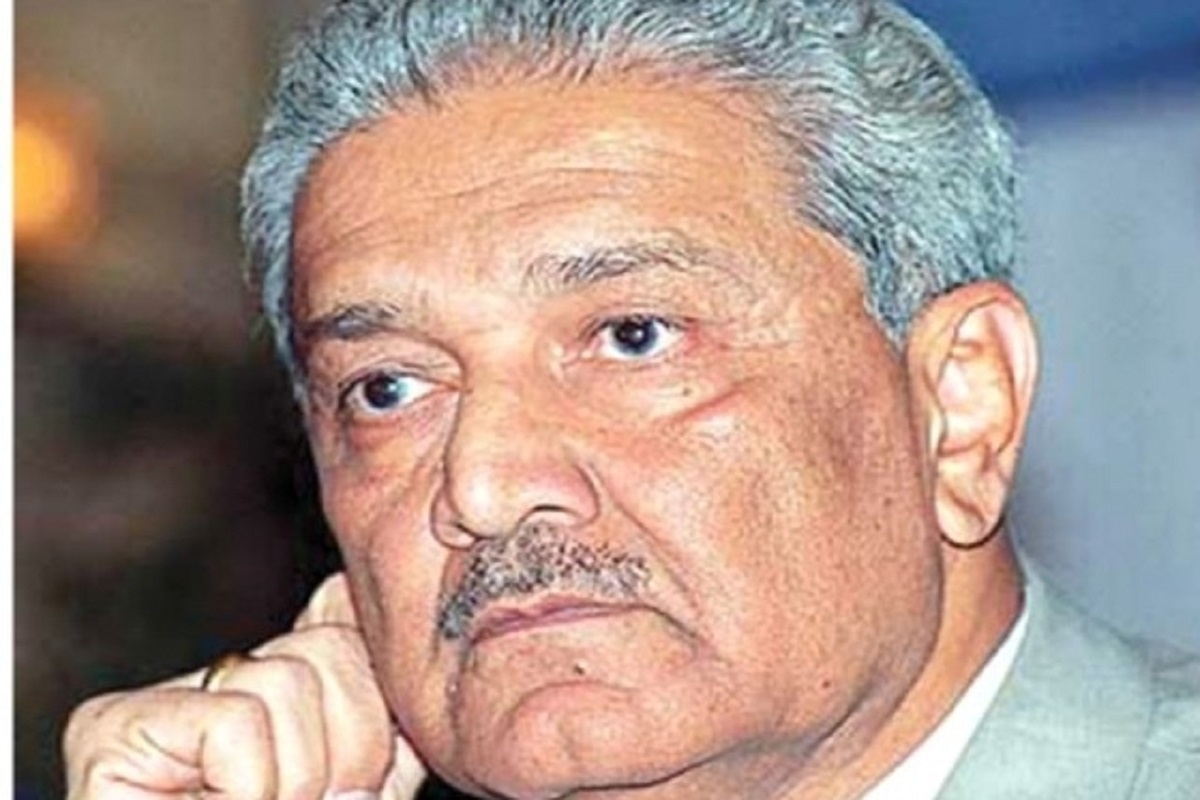One of the most significant figures in global security in the past half a century has passed away. On 11 December 2003, a group of CIA and M16 officers were about to board an unmarked plane in Libya when they were handed a stack of half a dozen brown envelopes. The team was at the end of a clandestine mission involving tense negotiations with Libyan officials.
When they opened the envelopes, they found they had been given the final piece of evidence they needed ~ inside were designs for a nuclear weapon. Those designs ~ as well as many of the components for an off-the-shelf nuclear programme had been supplied by Abdul Qadeer Khan, who died on Sunday at the age of 85.
Khan was in many respects emblematic of his country’s security apparatus ~ duplicitous, murky, underhanded and often double-faced. His story is at the heart of the battle over the world’s most dangerous technology, fought between those who have it and those who want it.
Former CIA Director George Tenet described Khan as “at least as dangerous as Osama bin Laden”, quite a comparison. The fact that AQ Khan could be described as one of the most dangerous men in the world by Western agencies but also lauded as a hero in his homeland and in the Muslim world tells you about not just the complexity of the man but also how the world views nuclear weapons.
Khan did not come to Europe as a nuclear spy, but he would become one. He was working in the Netherlands in the 1970s just as his country began a renewed drive to build a bomb in the wake of its defeat in the 1971 war, and fearful of India’s nuclear advances.
He was working in the Netherlands in the 1970s just as his country began a renewed drive to build a bomb in the wake of its defeat in the 1971 war, and fearful of India’s nuclear advances. Enriched uranium can be used for nuclear power or, if enriched enough, for a bomb. Khan was able to simply copy the most advanced centrifuge designs and return home.
He went on to build a clandestine network, largely of European businessmen, who would supply the crucial components. Khan made Pakistan a nuclear power. For at least 25 years, starting from scratch in 1976, he is said to have “bought, bartered and built” the makings of weapons of mass destruction.
To millions of Pakistanis, he was a hero, the man who developed a nuclear programme to match India. An international effort, led by British and American intelligence agencies had uncovered parts of the Khan network at the start of the 21st century.
It discovered a global web of scientists, front companies and factories that it believed had transferred technology to Iran, Libya, South Africa and North Korea. To that extent, he was as much a scientist as an anarchist, a man who made the world a more dangerous place.











